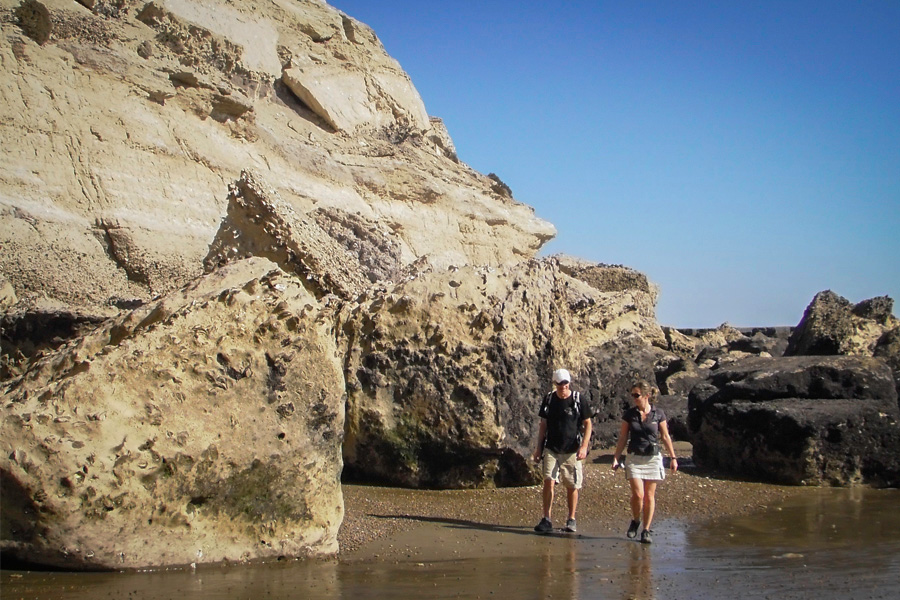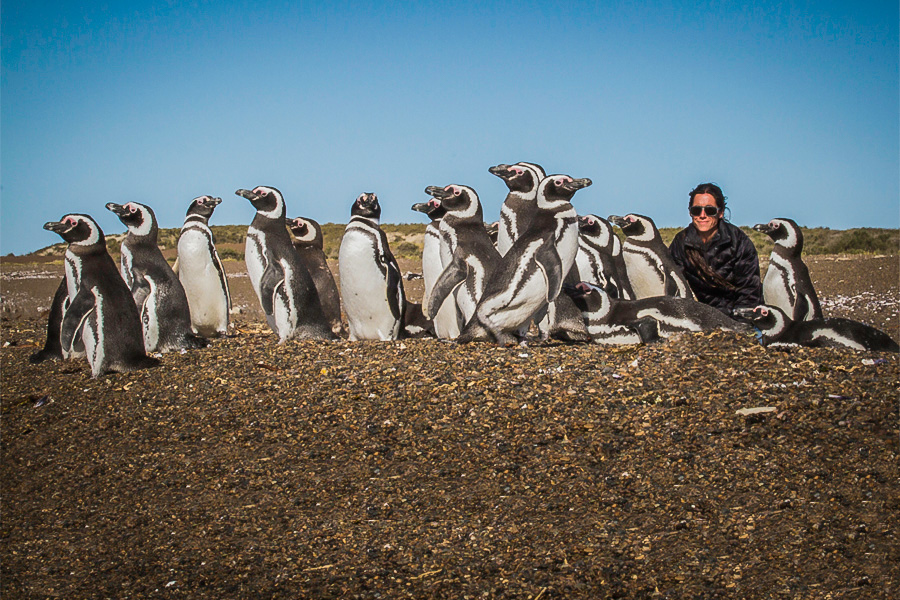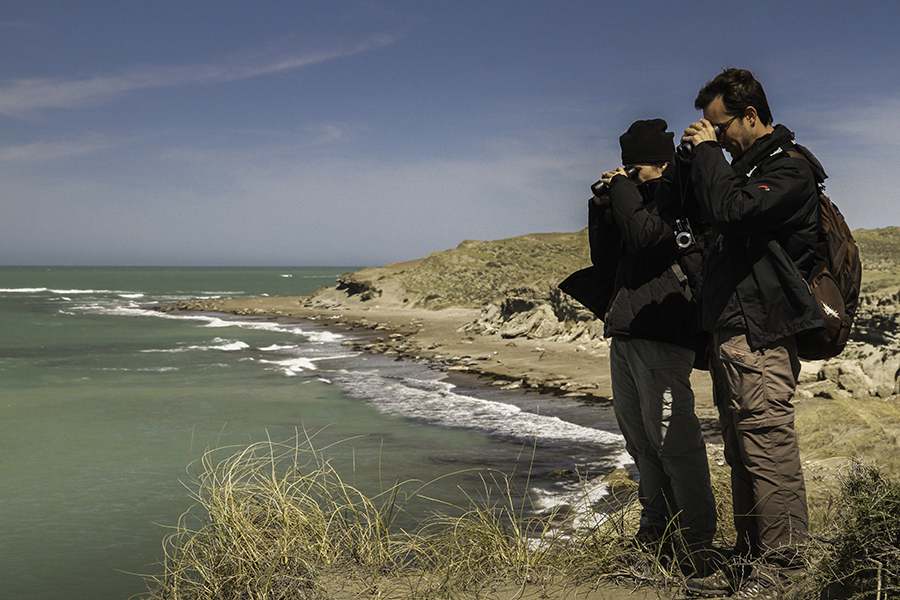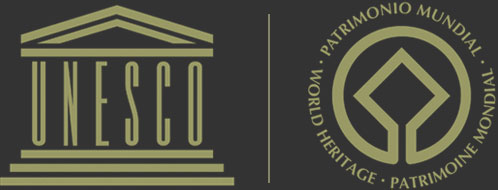CPV manages the Estancia Rincón Chico, one of the most iconic properties of Península Valdés with a vast history in conservation work where -for more than 20 years- many important scientific projects have been carried out with both marine and terrestrial species, as well as in archeology and paleontology.
The ranch is strategically located in one of the more relevant and spectacular coastal areas of this site of world significance and has an incredible amount of different wildlife species both on the beaches and in the steppe.








